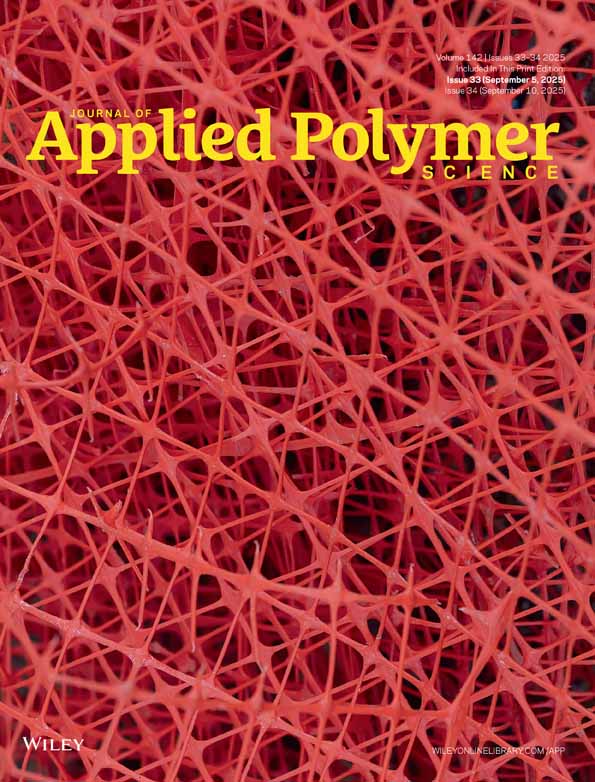Solid state and proton relaxation NMR study of Dipteryx alata Vogel
Abstract
The knowledge of polysaccharides obtained from fruit seed and its chemical characteristics are important to evaluate their final properties, as well as their uses and benefits. Solid state nuclear magnetic resonance (NMR) has been used to evaluate the behavior of the samples, since NMR permits to evaluate both chemical and dynamic molecular behavior of polysaccharides, because they are amorphous and heterogeneous. The NMR analyzes were carried out using high and low field NMR techniques. The results obtained from high field showed the main chemical constituents present in the seeds and seed flour. Through low field NMR different domains with their own molecular mobility and interactions were observed; due to the measurements of proton spin-lattice relaxation time (T1H). According to the results obtained for Cumbaru seed, solid state NMR showed to be a powerful source to characterize fruit seed flour. © 2009 Wiley Periodicals, Inc. J Appl Polym Sci, 2010




